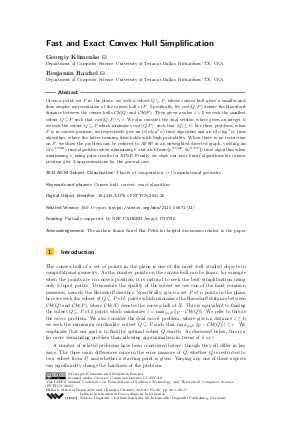LIPIcs.FSTTCS.2021.26.pdf
- Filesize: 0.71 MB
- 17 pages

 Creative Commons Attribution 4.0 International license
Creative Commons Attribution 4.0 International license




Feedback for Dagstuhl Publishing